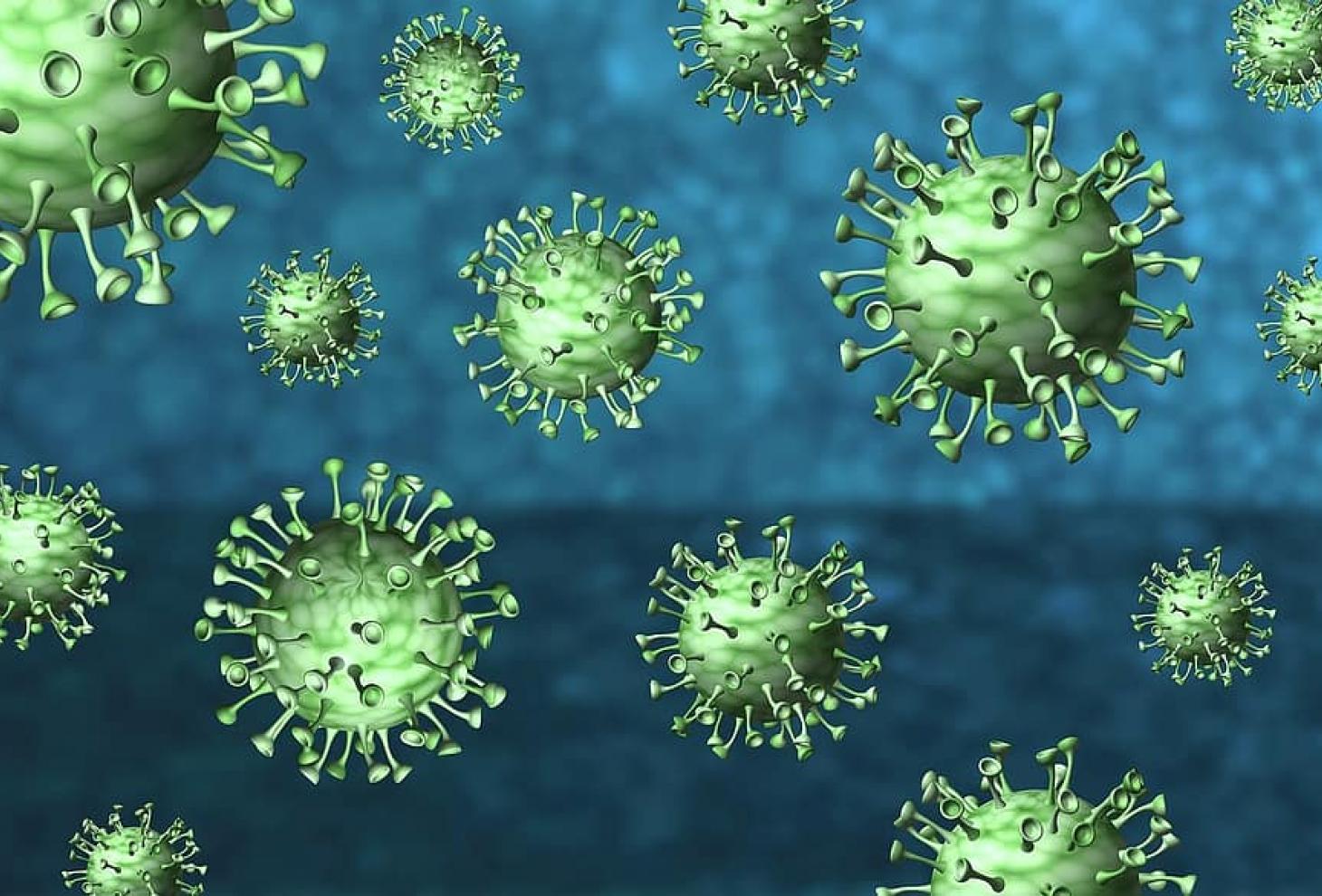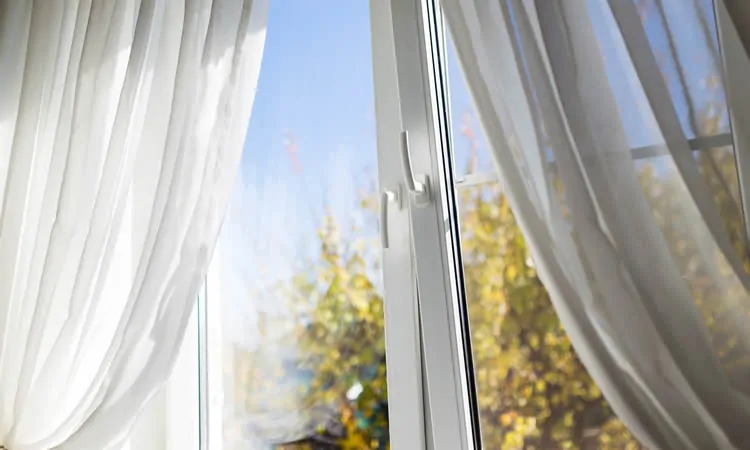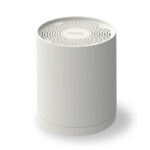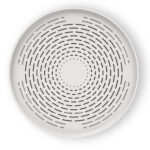Carbon dioxide (CO2) in schools, homes and workplaces
What is CO2 and what is its origin
La CO2 è un gas incolore, inodore, non percepibile dai nostri sensi e presente nell’aria che respiriamo ogni giorno.
L’Anidride carbonica si forma a causa di molteplici fattori tra cui la combustione legata al riscaldamento e il naturale processo di respirazione dell’uomo e di tutti gli esseri animali.
Per questo motivo tende a crescere e a superare i livelli raccomandati dall’OMS negli ambienti chiusi dove sono presenti più persone.
Secondo una stima dell’Organizzazione Mondiale della Sanità, a prescindere dalla pandemia da Covid 19, il 23% dei decessi nel mondo è legato alla permanenza in ambienti malsani.
CO2 is a colorless, odorless gas, not perceivable by our senses and present in the air we breathe every day. Carbon dioxide is formed due to multiple factors including combustion linked to heating and the natural breathing process of humans and all animal beings. For this reason it tends to grow and exceed the levels recommended by the WHO in closed environments where there are more people. According to an estimate by the World Health Organization, regardless of the Covid 19 pandemic, 23% of deaths in the world are linked to staying in unhealthy environments.
When the CO2 value exceeds the threshold allowed by the WHO

The European standard EN ISO 16000-1 supports the search for effective solutions to the problem of air pollution. In fact, its objective is to help plan pollution monitoring in confined environments. Carbon dioxide plays a fundamental role in indoor pollution: it represents a good general indicator of air quality since its level increases proportionally to all other pollutants. Excess CO2 must be eliminated and this normally occurs through breathing: with each respiratory act, the pulmonary alveoli allow oxygen from the air to enter the blood and return excess carbon dioxide to the air. When respiratory function is compromised by a state of lung disease, the lungs are unable to eliminate all the carbon dioxide that they should release. In this case we speak of respiratory failure. The severity of the symptoms resulting from excess CO2 depends on how much the latter increases in the blood and the type of chronic pathology the person in question suffers from. Generally, small concentrations of CO2 in the blood do not cause any damage to health because there is a gradual adaptation of the body to this condition. Problems arise when CO2 levels are very high and the symptoms that may appear include dizziness, tiredness, headache, insufficient reaction to stimuli up to serious respiratory problems.
CO2 and Covid19

Extremely high CO2 levels favor the spread of viruses. There has recently been growing evidence that the SARS-CoV-2 virus can be easily transmitted by aerosols exhaled by an infected person with particles detected in the air even several hours later. Monitoring CO2 in schools could be of great help with respect to controlling infections in shared confined environments: equipping school classrooms with carbon dioxide sensors could provide a timely indication of how saturated the indoor air is. Schools are the first place where it is necessary to operate to calculate CO2 emissions, monitor air quality and evaluate potential risks to protect children and the comfort of students. The systematic introduction of specific sensors appears to be the safest solution on how to reduce CO2 to ensure good air quality. The installation of such tools would raise awareness among the population about this approach and would facilitate its wider use in other sectors, for example in restaurants, hotels, municipal libraries, nursing homes, gyms, municipal swimming pools, sports halls and so on.
Airing the room is not the solution

We have always believed that opening windows was a good habit, in reality it is not exactly the right thing to do to ensure you breathe healthy air. When we open the windows our intent is to let out the polluted air to exchange it with the “new” air outside. But what could happen is the entry of harmful particles which, joining the indoor air, form a risky agglomeration for the occupants who breathe it. Furthermore, if we open the windows too often, we have to deal with humidity which could create mold spores and with energy expenditure.
Remedies to prevent and combat the problem

Constantly measuring the concentration of CO2 in the air can bring you and the people around you (family members at home or colleagues in the office) quite a few benefits including greater quality of the air you breathe, therefore greater health and well-being, a savings in energy consumption (avoiding heat loss in winter and air-conditioned air in summer) and the possibility of controlling other factors fundamental to the quality of the air breathed (such as humidity).







